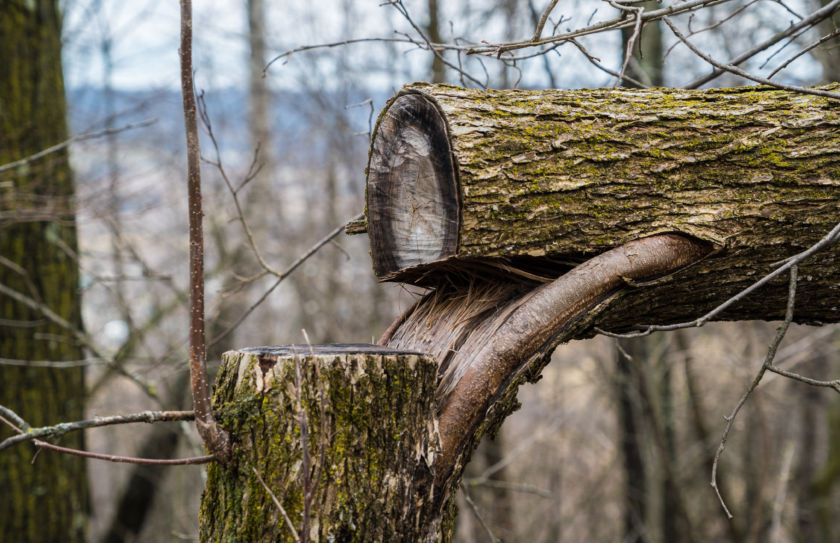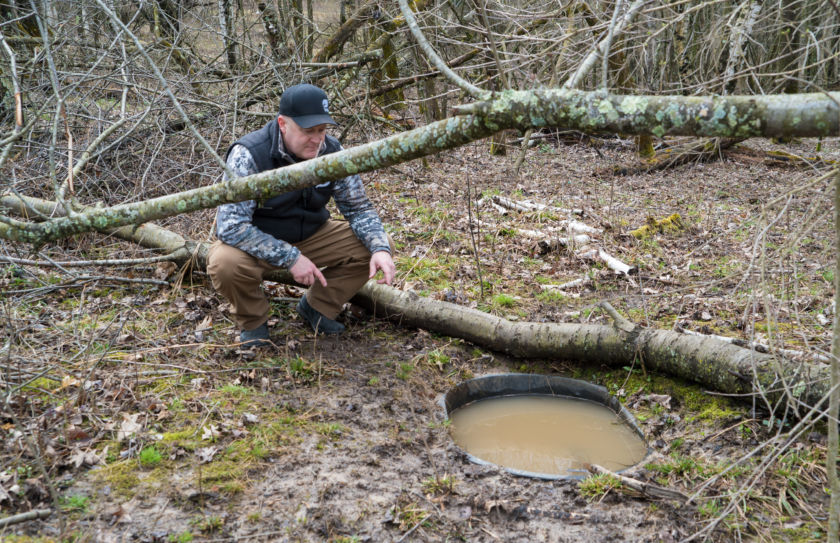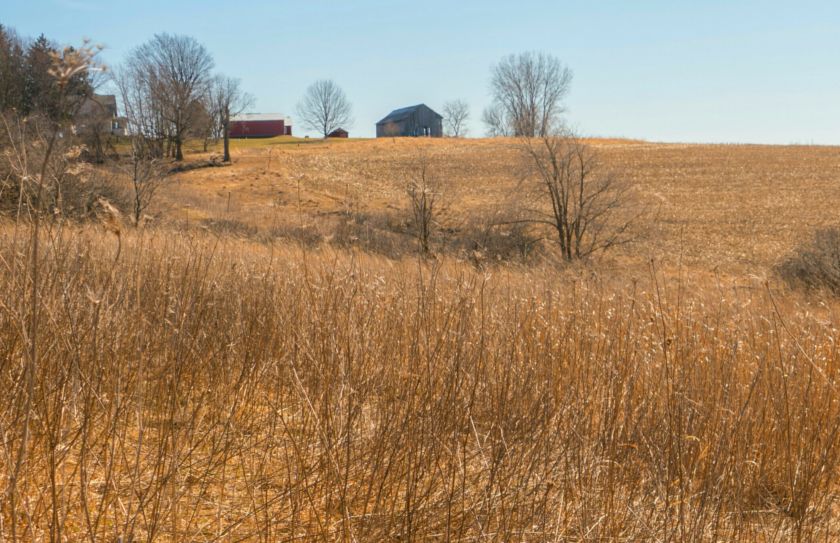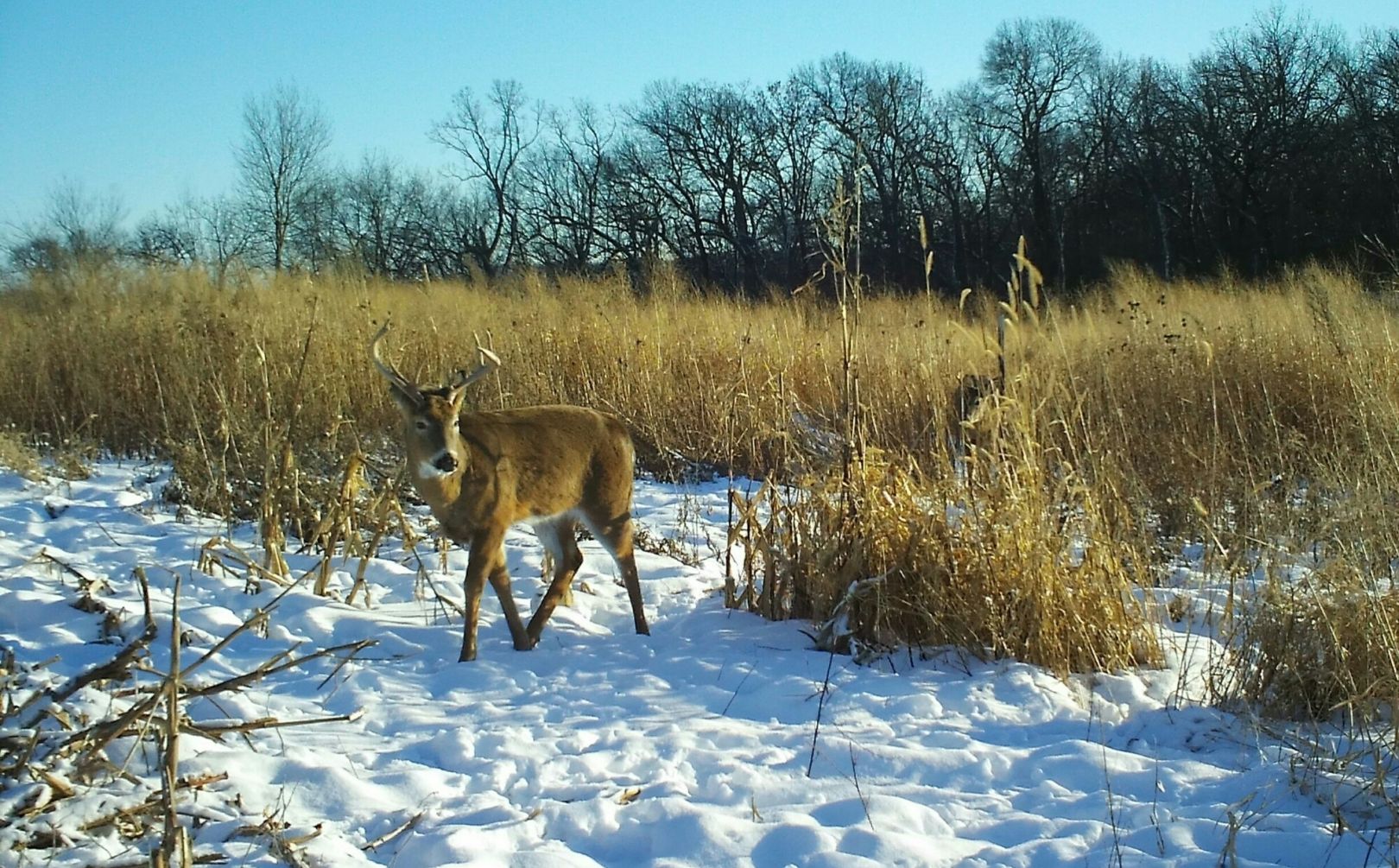
Do you have a need for creating whitetail habitat sooner rather than later? Then you have come to the right place! Well, you have come to the right place if your future slice of deer habitat is currently an old fallow field or agricultural land. Converting a fallow field into deer habitat offers the fastest ticket for creating whitetail habitat in less than 18 months and if you follow along I will reveal to you how and why.
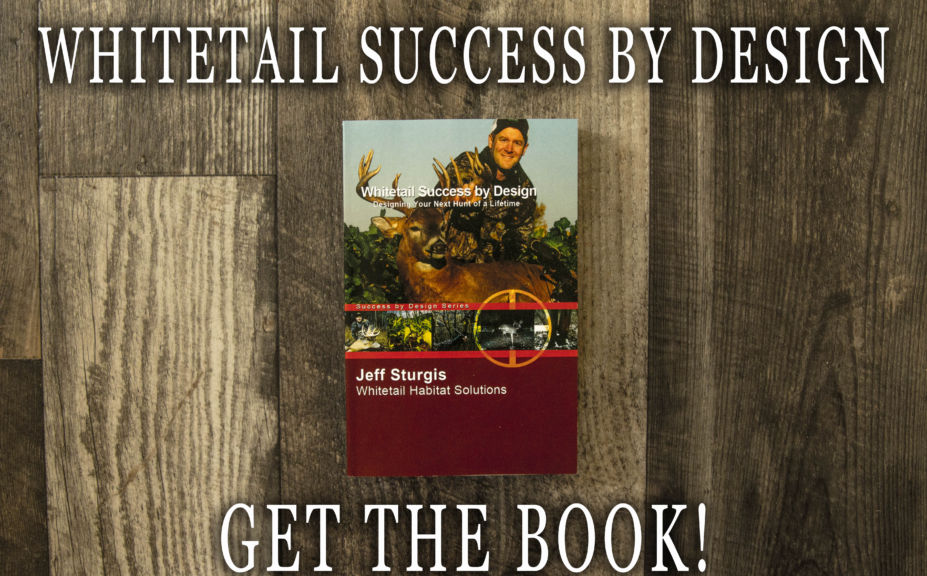
*Are you ready for some advanced tactics for creating whitetail habitat, herd and hunting success? Then make sure to check out my,"Whitetail Success by Design" book series.
Big, giant hardwoods are an awesome site! However, after visiting with landowners on over 500 parcels and 20 states during the past 12 years, those stately hardwoods can demand a lot more resources of time and finance than many realize. Not only can it take 1-2 years or more to find a logger to harvest your timber, but hardwood regeneration can take a few years to develop. And when your hardwood finally does regenerate into potentially thousands of shoots per acre? You are still left with mostly hardwood. Diversity is key when it comes to creating whitetail habitat, and whether your hardwood is young or old, true diversity comes in the form of combining a variety of hardwood, conifer, shrub, grass and weed growth, not age. Converting a stand of hardwoods can take many years or more to carve out enough food and plant enough shrub and conifer diversity to attract and grow a quality deer herd. If your goal is to create quality herd and hunting opportunities quickly, then consider the empty slate of whitetail opportunity that an old fallow field offers.
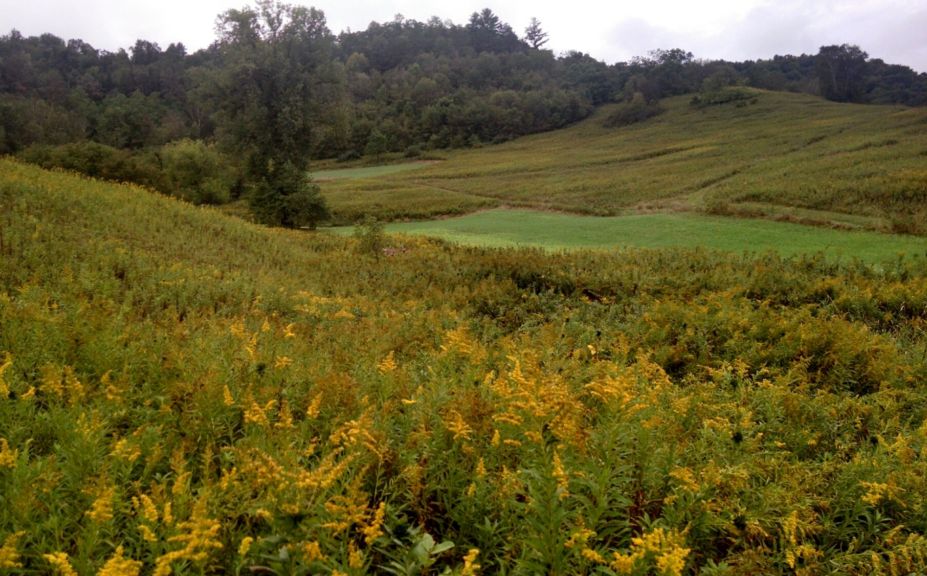
*With a little help, this decades old, fallow field can be converted to quality whitetail habitat in only 2 growing seasons. Want to take the plunge for creating your own deer habitat quickly? Check out, "Switchgrass Plantings For Deer".
The Problem With Creating Whitetail Habitat In Less Than 18 Months:
Have your ever heard of early successional growth? Early successional growth is the growth that takes place when you allow an open field to sit idle. Depending on your soils, region, chemical rotations and level of soil disturbance, the range of habitat that an old field can grow into, is incredibly varied. Will your fallow field convert to low-growth, cool season grasses? Shrubs? Conifers? Briars? Hardwoods? The best answer is: A little to a lot of each. I know, not very definitive. However, what is definitive is that if you allow an field to convert to early successional growth, you will most likely experience an average of 8-12 years before the field provides enough structure for daytime whitetail activity; in particular daytime bedding opportunity. Deer have to have enough cover to feel hidden and safe. You can speed up the process by scarifying the soil through discing, tilling, plowing or blading efforts, but the range of 8--12 years already accounts for those practices. Bottom line, it can take a long time build create quality whitetail habitat, if you are counting purely on the process of creating early successional growth. However, you can significantly speed up the process into an 18 month whirlwind of whitetail opportunity!
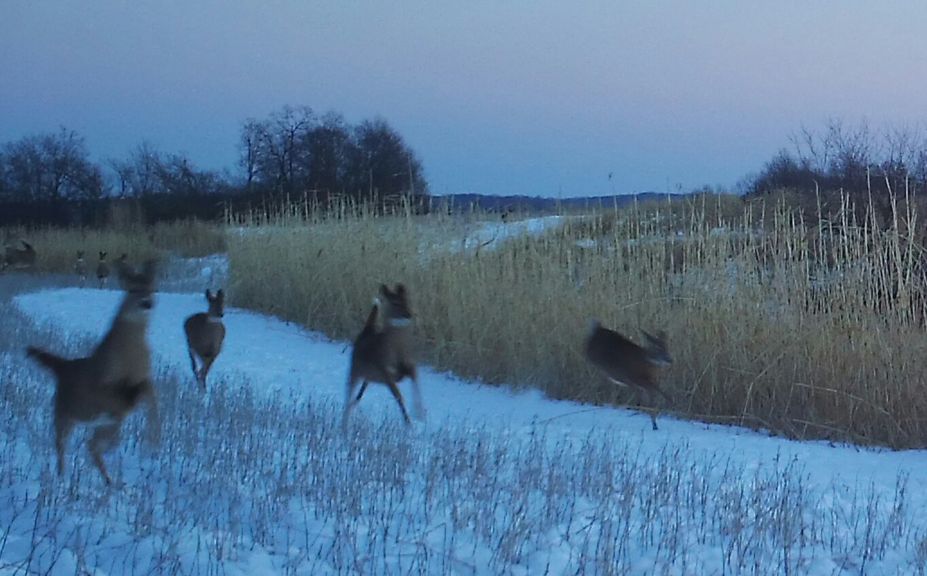
*Creating whitetail habitat quickly, can be accomplished. However, make sure not to fall into the trap of Too Much Deer Habitat.
Would you like to create whitetail habitat quickly? Do you have any open fields?
Just disc it up and enjoy early successional growth that will be substantial enough in 8-12 years to create quality bedding opportunity throughout, right? Well, there is a lot better way. ByFrost Seeding Switchgrassinto the entire field after preparing the area the previous Fall, you can create a fairly cheap and easy way to plant a solid covering of grass, that will provide enough structure to attract and hold deer during the daytime. In fact, frost seeding may be the #1 way to effectively establish a high quality base of switchgrass, that can leave you with over 6? of growth by the end of the 2nd Summer. Then next step is to create early successional growth pockets at a rate of 40-60% of the entire field, within a random dispersment of corridors within the interior of the grass. By combining the process of promoting early successional growth with the easy establishment of switchgrass, you can effectively create high quality whitetail habitat in less than 18 months.
By planting a quality base mono-culture of switchgrass in your fallow field, you can then diversify and experience high quality bedding opportunity within a very short period of time. You can even hide high quality food plots within the field, to highly define where the local deer herd travels and feeds. But not every grass planting is created equal. Big and little blue stem, indian grass and other grasses often do not have the ability to offer enough cover for deer during the Fall, because many are crushed with the first high winds or heavy snow. It can sound greaton paperto create a level of diversity within a grass or conifer planting, but some of the lower quality grass species just create holes within your grass creations. Besides, true divesity can be supplied within pockets you create within the swithgrass planting, in the form of early successional growth, shrub and hardwood plantings. Even using a grass-specific herbicide can release a bounty of broadleaf weeds and woody growth within mono-culture switchgrass areas, to offer a level of diversity that would be hard to duplicate with planting efforts alone. Creating whitetail habitat withing a quality base cover species of switchgrass, can protect and hide not only the deer within, but the explosion of forage diversity that the deer will gravitate to during the daytime hours.
Conclusion: Blended Whitetail Habitat Is Best
When I purchase my next chunk of whitetail habitat and hunting opportunity, it will be in the form of open fields and woods. Although converting an old fallow field may be the fastest way to attain your whitetail utopia, nothing beats a habitat combination that includes a quality stand of wooded ground. Treestand trees, diversity, Fall and Winter daytime browse and a home for not only whitetails, but all kinds of winged and four-legged creatures can be found when you match the perfect blend of woods and field. However, whether you are creating deer bedding habitat, immediate whitetail food sources or daytime browsing diversity bedded bucks, never underestimate the contribution of an open field when it comes to creating whitetail habitat quickly.
